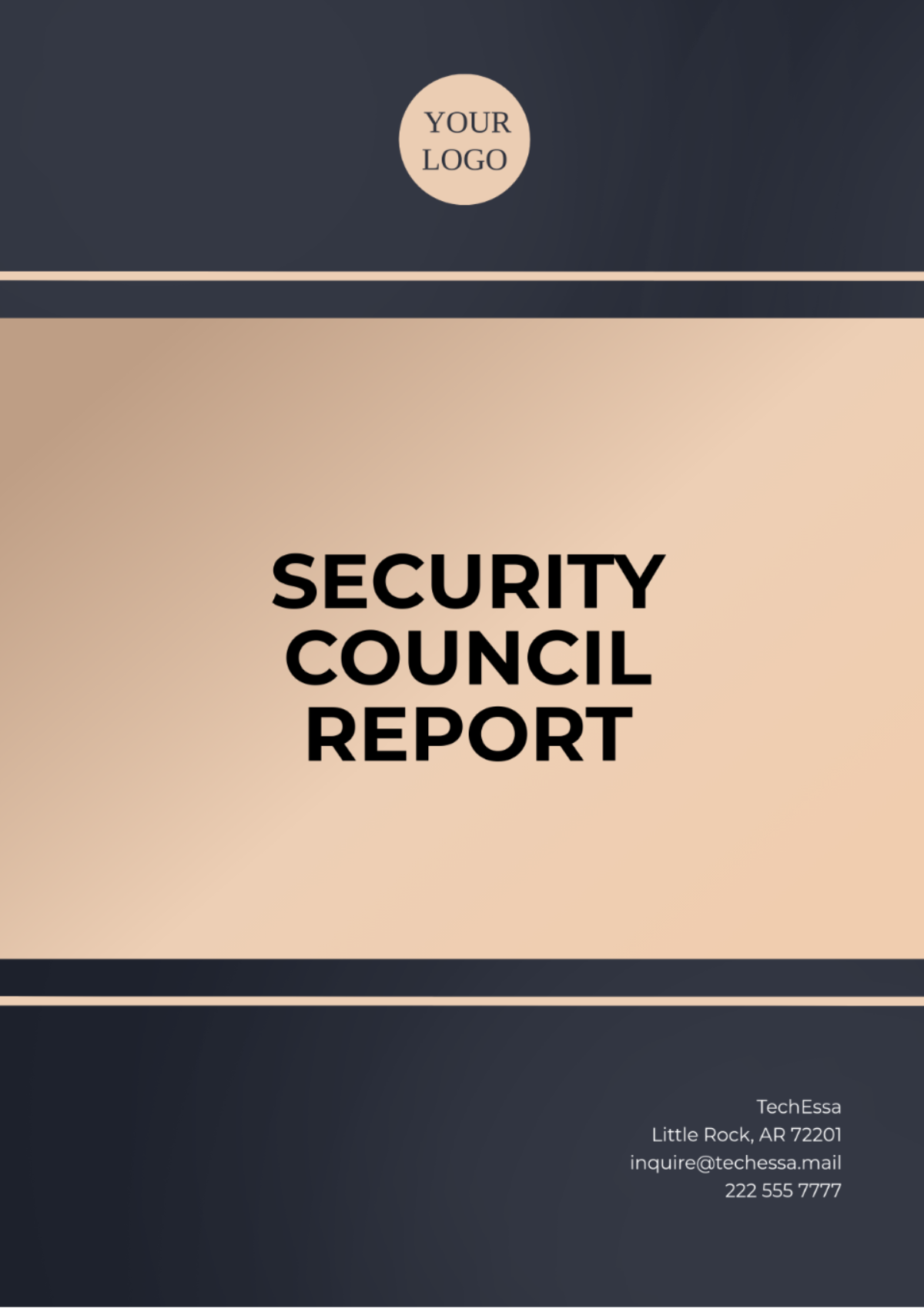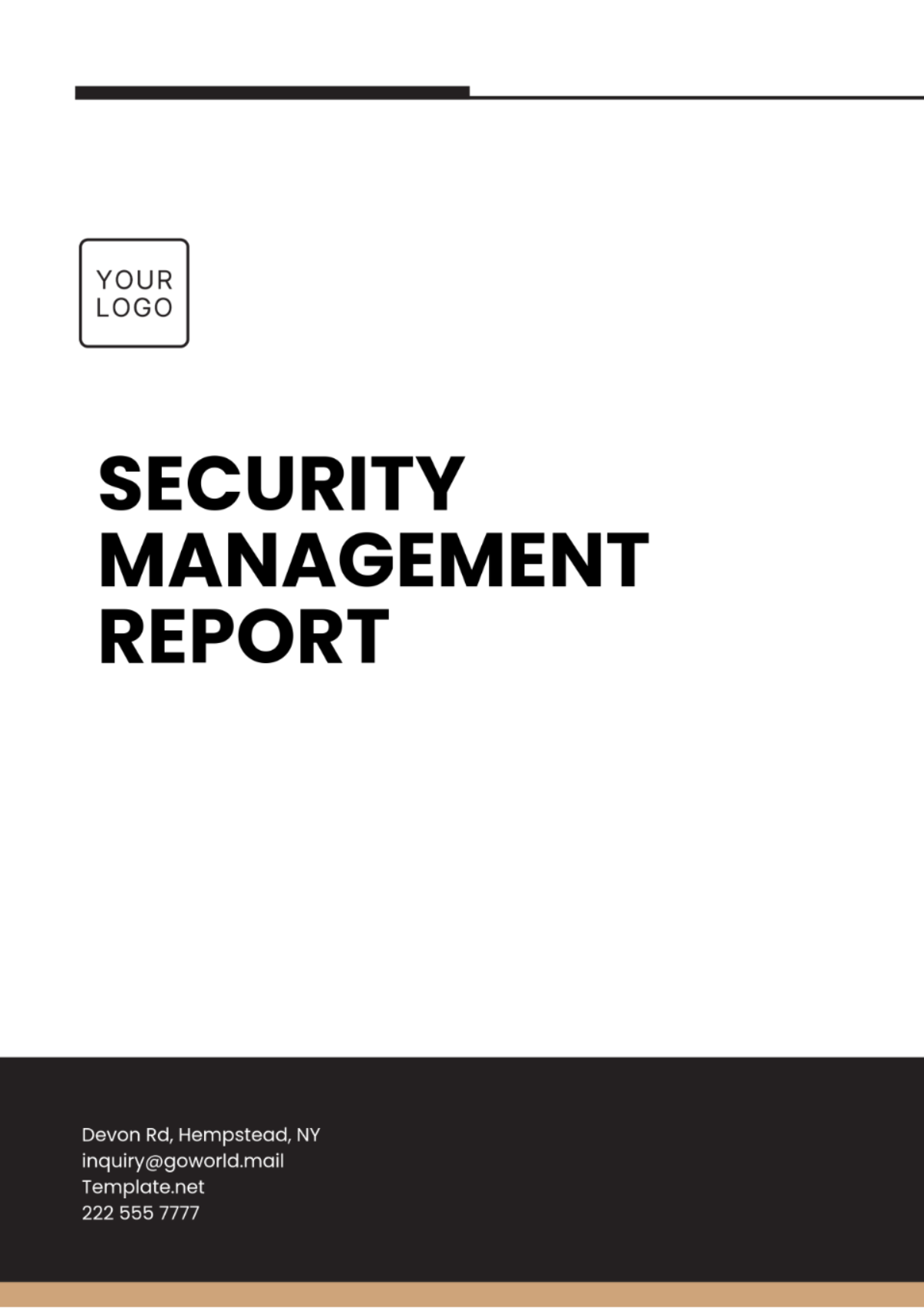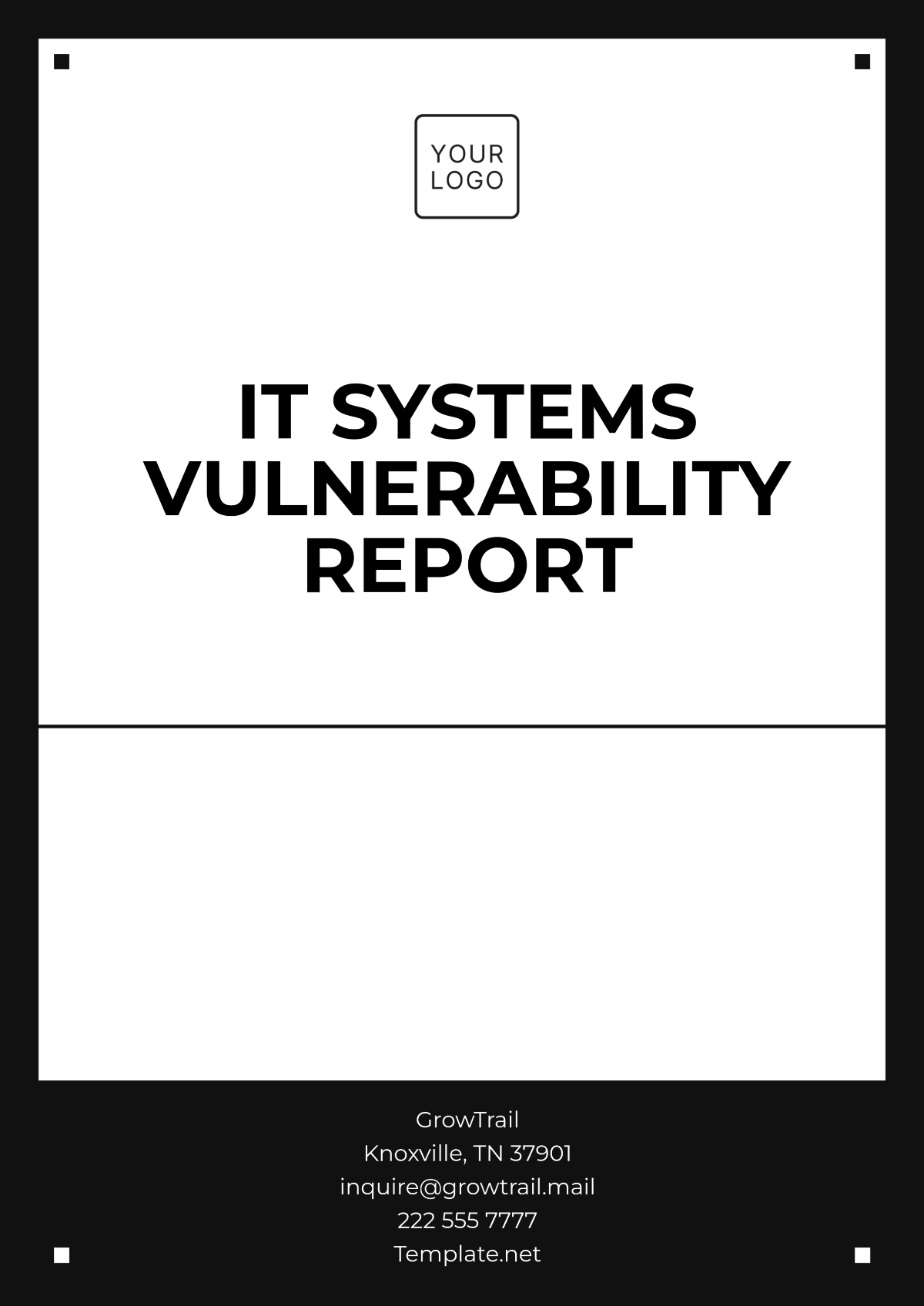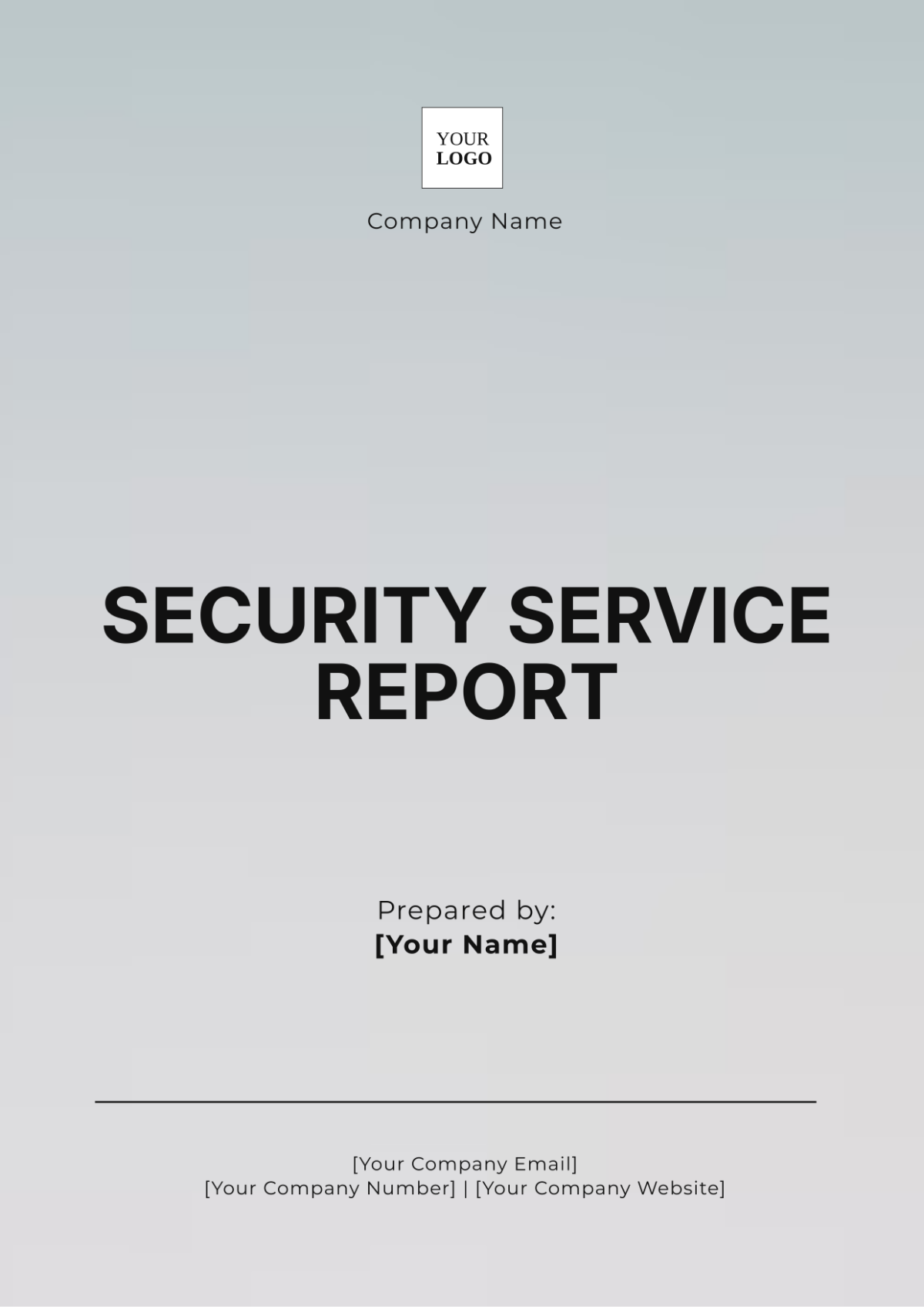Professional IT Network Security Report
Prepared by: [Your Name]
Date: [Report Date]
Company: [Your Company Name]
I. Executive Summary
This report provides an in-depth analysis of the current IT network security posture of [Your Company Name]. It outlines potential vulnerabilities, provides an assessment of the security controls in place, and recommends best practices for enhancing the overall security environment. With the increasing complexity of cyber threats, it is critical to address network security issues promptly to protect sensitive data and ensure business continuity.
II. Scope of the Assessment
The assessment was conducted to evaluate the security of the internal and external network infrastructure, focusing on the following areas:
Network Architecture: Topology, segmentation, and firewalls.
Access Control: User authentication, privileges, and device management.
Threat Detection: Intrusion detection and monitoring systems.
Vulnerability Management: Scanning for vulnerabilities and patch management.
Incident Response: Policies, procedures, and capabilities.
Compliance: Adherence to industry standards such as GDPR, HIPAA, and ISO/IEC 27001.
III. Methodology
The methodology for this network security assessment included:
Network Scanning: Using industry-standard tools such as Nmap and Nessus to identify open ports and vulnerabilities.
Penetration Testing: Simulated attacks to identify exploitable weaknesses in the network.
Review of Security Policies: Evaluating internal network security policies and procedures.
Interviews and Surveys: Conducting interviews with key personnel responsible for network security.
Data Collection: Reviewing firewall and network logs to identify unusual activity.
IV. Findings
1. Network Architecture
The network architecture is segmented into multiple subnets, which is a positive security practice. However, the segmentation between critical systems (e.g., financial systems and HR databases) could be improved to further reduce the attack surface.
The firewall configuration does not effectively block all unnecessary inbound and outbound traffic, leaving some potential pathways for external threats.
Recommendation:
Implement more granular firewall rules to restrict traffic to only necessary ports and protocols.
Consider a zero-trust architecture for internal communication.
2. Access Control
Strong user authentication practices are in place, including multi-factor authentication (MFA) for administrative access.
However, the audit logs for access control systems are not regularly reviewed, which could hinder incident detection and response.
Recommendation:
Ensure regular review of access logs to detect suspicious activity.
Consider adopting role-based access control (RBAC) to minimize privilege escalation.
3. Threat Detection
The organization employs intrusion detection systems (IDS) but does not appear to have an integrated solution for real-time monitoring and alerting.
While IDS alerts are generated, there is a lack of automated response to these alerts, increasing the risk of delayed reactions to potential threats.
Recommendation:
Implement a Security Information and Event Management (SIEM) solution to centralize and automate threat detection and response.
Increase the coverage of the IDS to include critical assets and endpoints.
4. Vulnerability Management
Vulnerability scanning is conducted every quarter, but several critical vulnerabilities have not been patched promptly.
Older devices and software versions that are no longer supported are still in use, exposing the network to known vulnerabilities.
Recommendation:
Accelerate patch management processes to address vulnerabilities immediately after identification.
Replace or upgrade unsupported hardware and software.
5. Incident Response
An incident response plan (IRP) exists but has not been tested in recent months.
Key personnel are not adequately trained in responding to certain types of cyber incidents (e.g., ransomware attacks).
Recommendation:
Conduct regular tabletop exercises to test the effectiveness of the IRP.
Provide ongoing training to staff on incident response protocols.
6. Compliance
The network security controls largely comply with industry standards, but there are gaps in ensuring full compliance with GDPR and other privacy-related regulations.
Data encryption practices are in place, but full disk encryption is not applied to all devices, leaving certain endpoints vulnerable.
Recommendation:
Ensure that all devices, including laptops and mobile devices, have full disk encryption enabled.
Perform a gap analysis for GDPR compliance and address any areas of non-compliance.
V. Action Plan
Action Item | Priority | Estimated Completion Date |
|---|---|---|
Implement more granular firewall rules | High | [Date] |
Improve patch management processes | High | [Date] |
Integrate an SIEM solution | Medium | [Date] |
Test and update the incident response plan | Medium | [Date] |
Conduct GDPR compliance review | Low | [Date] |
VI. Conclusion
Overall, the network security posture of [Your Company Name] is sound but requires enhancements in several key areas to ensure it remains robust against evolving threats. Immediate attention should be given to improving vulnerability management, enhancing incident response capabilities, and addressing compliance gaps. With these improvements, the organization will be better positioned to defend against cyberattacks and ensure the integrity and confidentiality of its sensitive data.







































